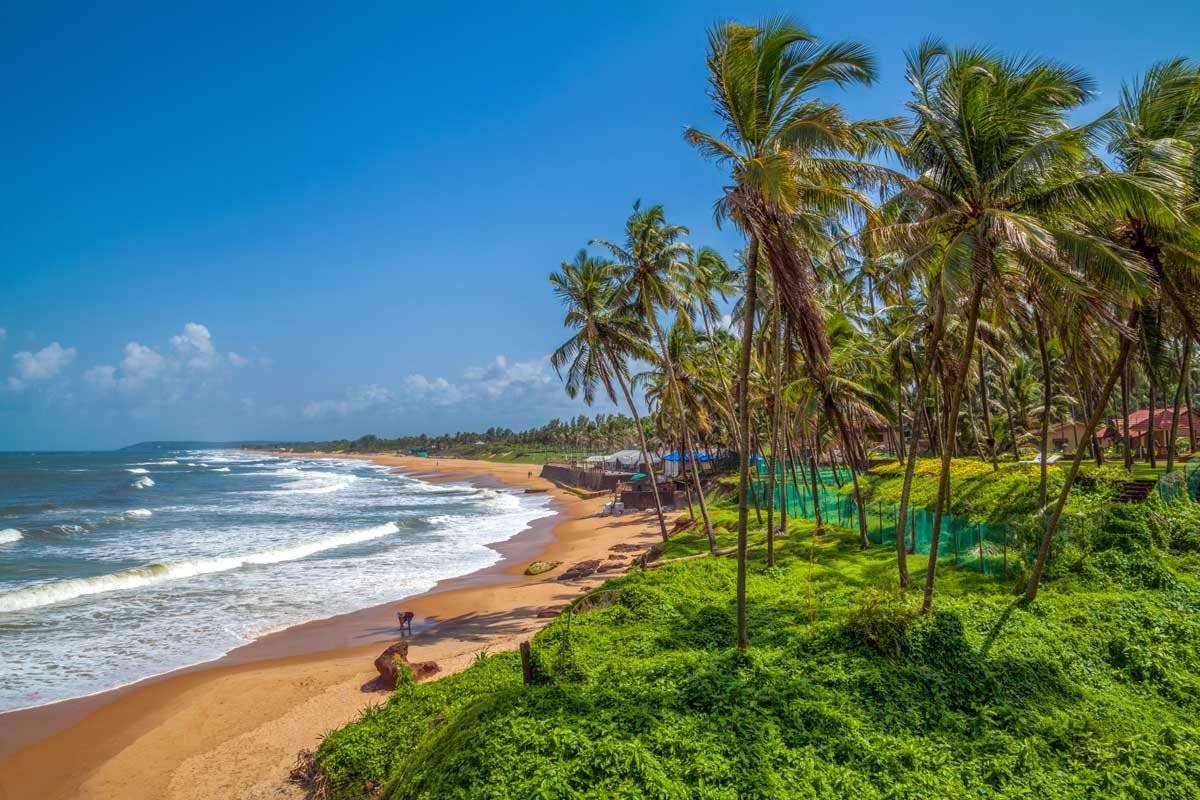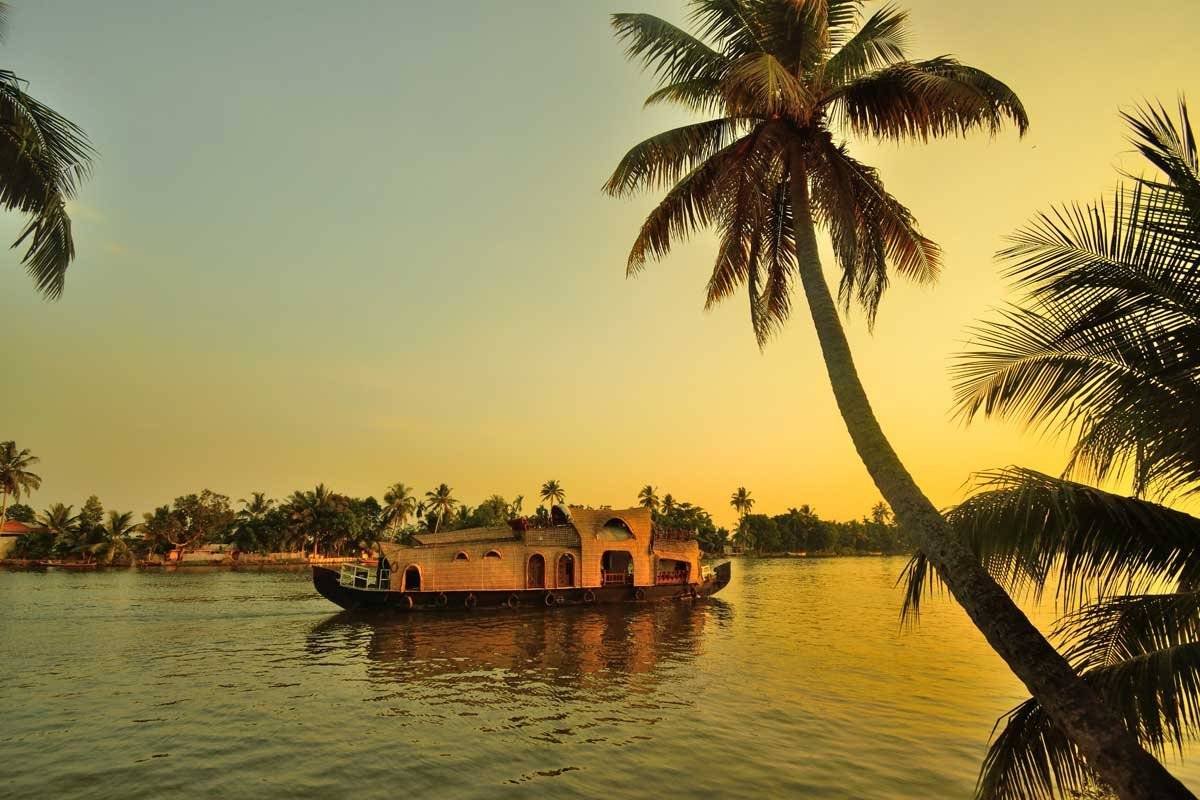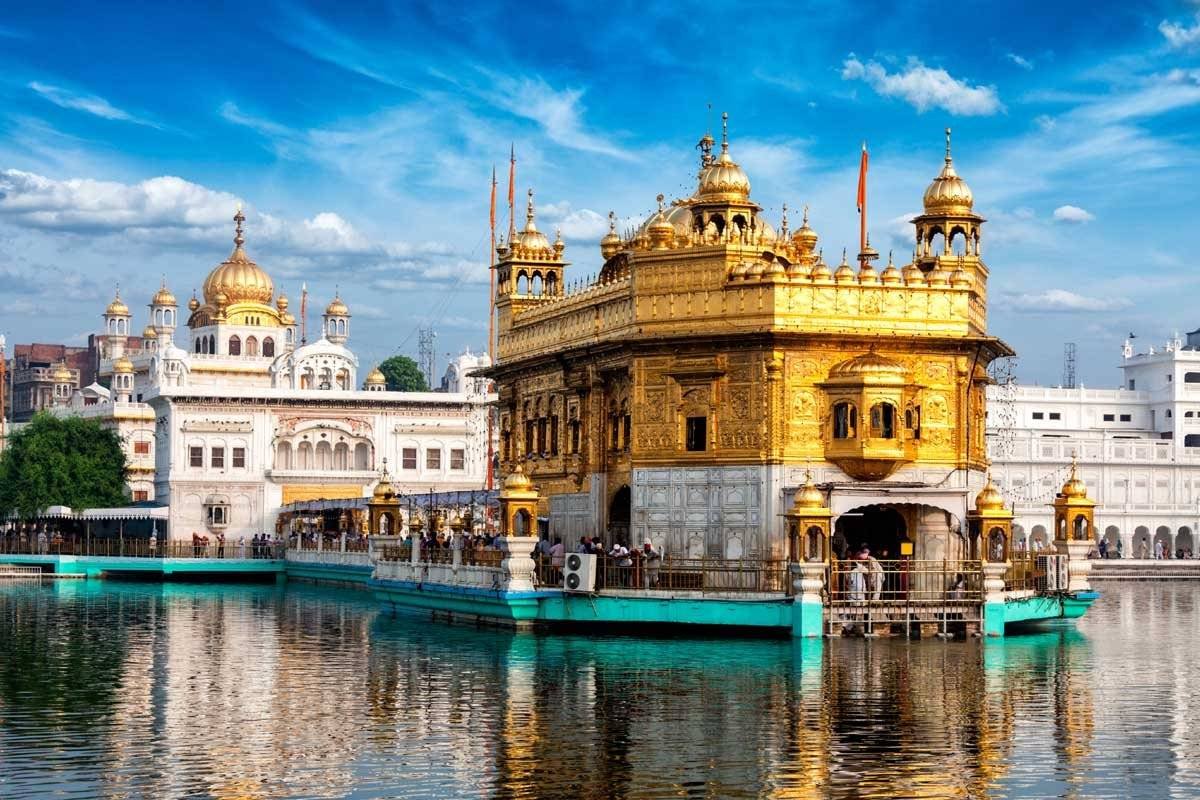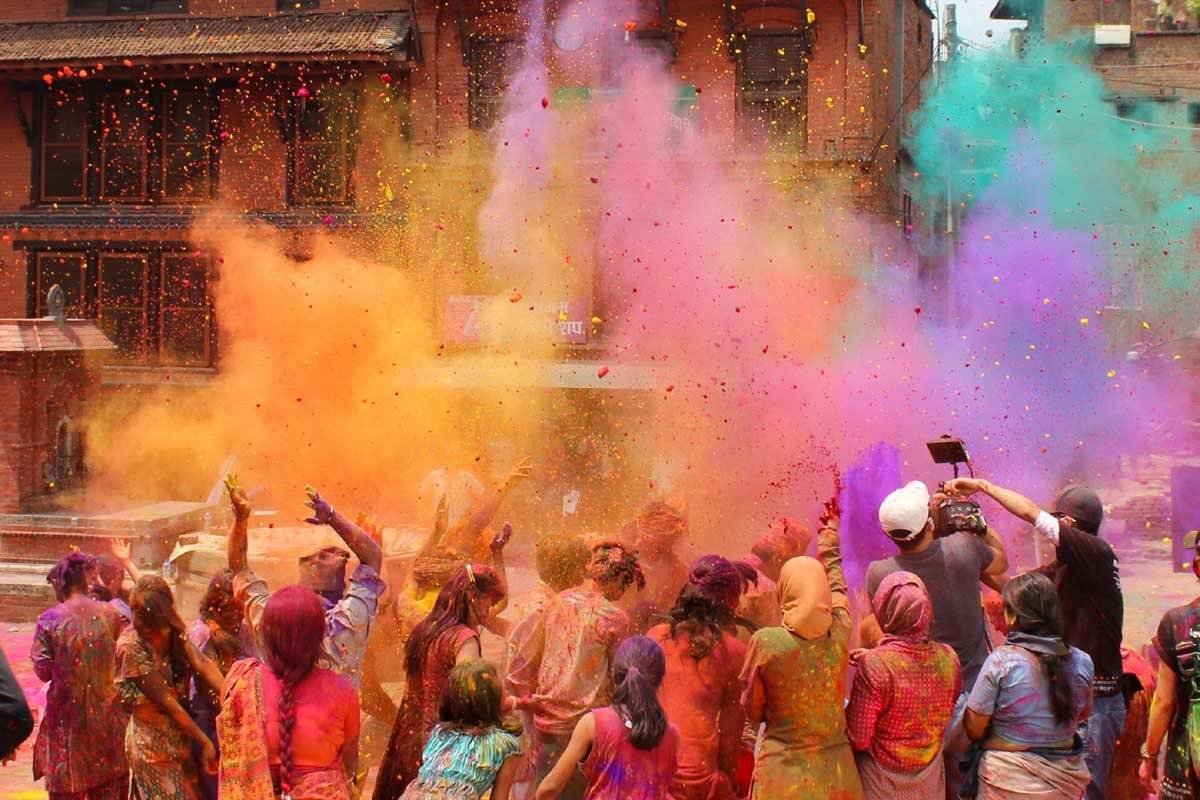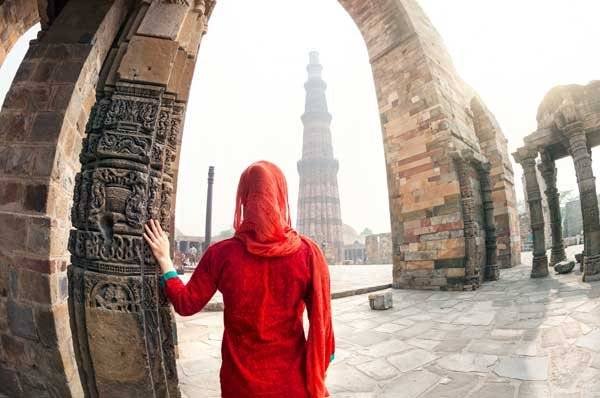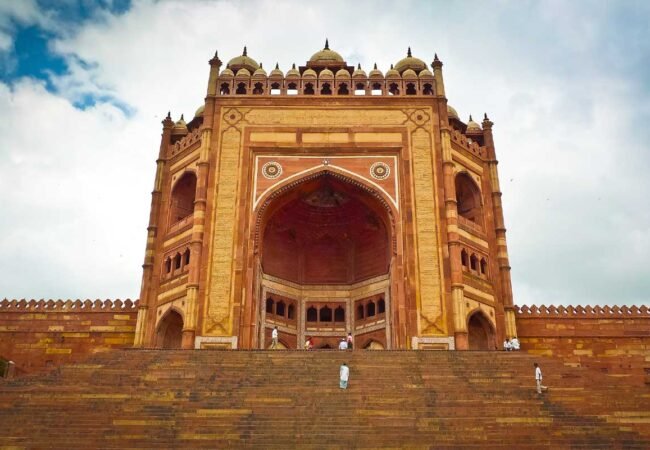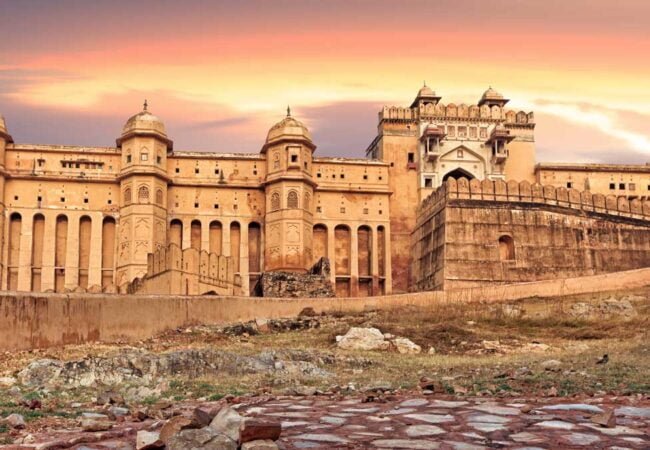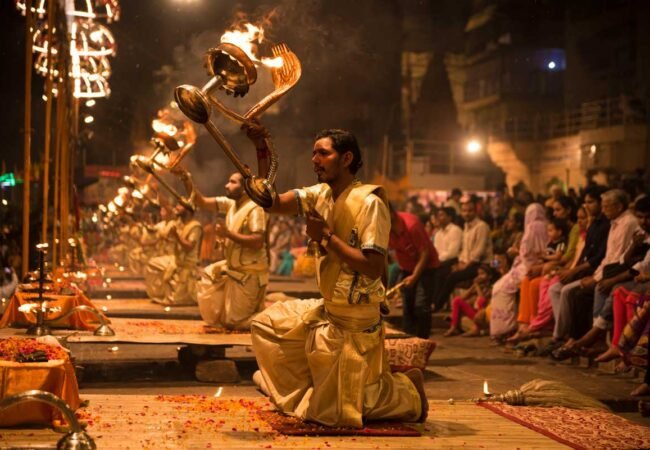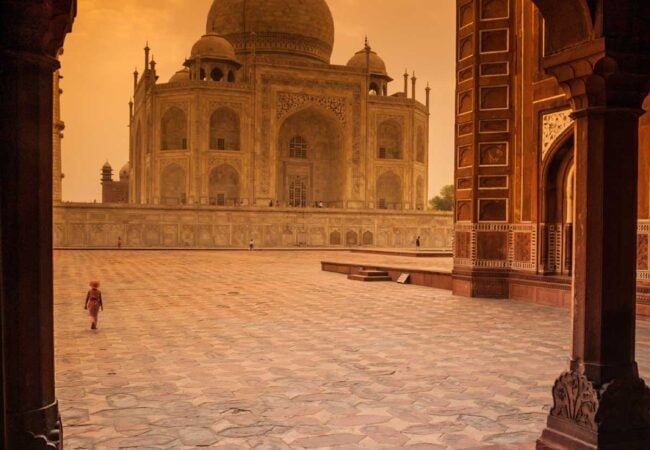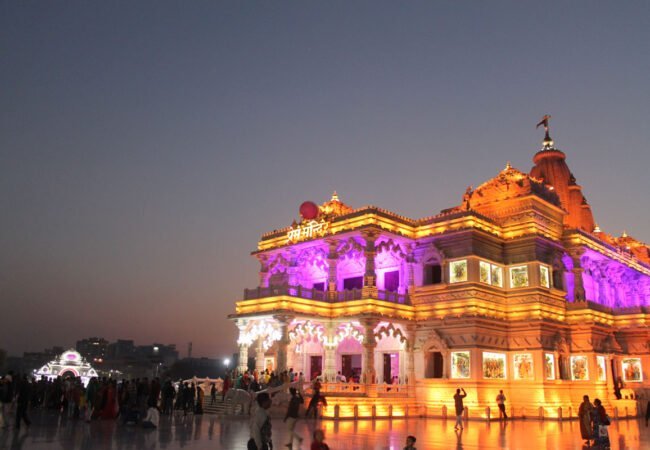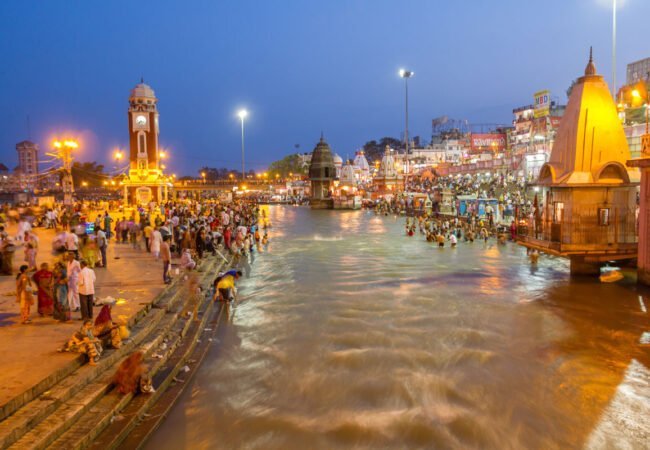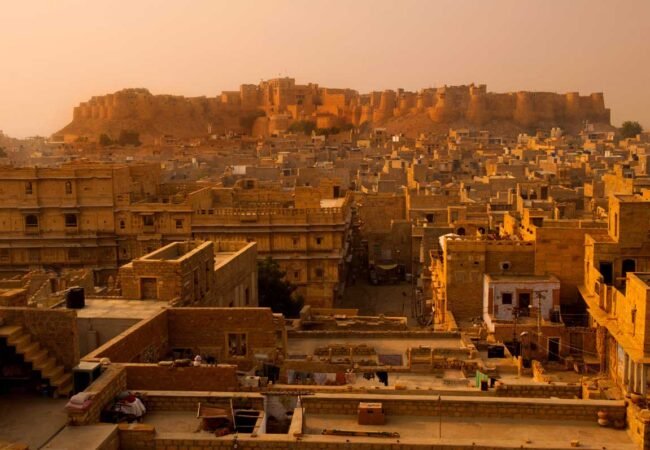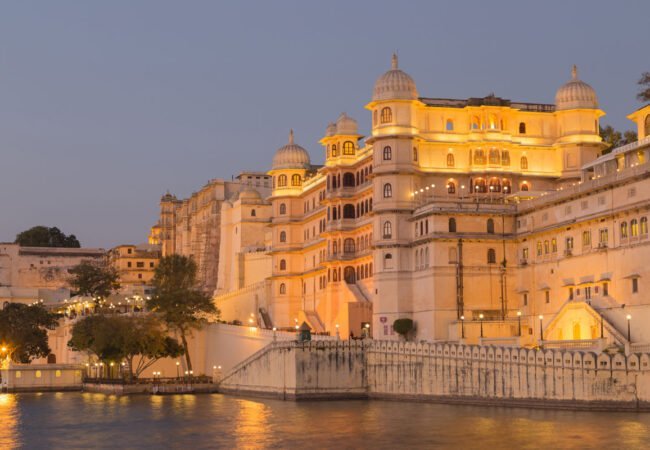Exploring Uttar Pradesh
Introduction
Uttar Pradesh, often referred to as UP, is one of India’s most culturally rich and historically significant states. Located in the northern part of the country, it is known for its diverse landscapes, ancient monuments, and vibrant traditions. This article delves into the history, geography, and must-visit tourist attractions of Uttar Pradesh.
History of Uttar Pradesh
Ancient and Medieval Era
Uttar Pradesh has a rich historical tapestry that dates back to ancient times. It was the heartland of many powerful empires and kingdoms, including the Maurya, Gupta, and Mughal dynasties. The region has been a cradle of Indian civilization, with significant contributions to religion, art, and culture.
- Indus Valley Civilization: Early settlements like Hastinapur and Kaushambi were part of the ancient Indus Valley Civilization.
- Vedic Period: The region was central to the development of Hinduism, with sacred texts like the Vedas composed here.
- Maurya and Gupta Empires: Uttar Pradesh flourished under the Mauryan and Gupta empires, becoming a hub of political and cultural activity.
Mughal Period
The Mughal period marked a golden era for Uttar Pradesh, with cities like Agra and Fatehpur Sikri becoming centers of power and culture. The Mughals left behind a legacy of architectural marvels, including the iconic Taj Mahal.
British Colonial Era
During the British colonial period, Uttar Pradesh played a crucial role in India’s struggle for independence. The state was a hotbed of revolutionary activities, with significant events like the 1857 Revolt originating here.
Post-Independence
After India gained independence in 1947, Uttar Pradesh emerged as a key player in the country’s political and economic landscape. It remains one of India’s most influential states, contributing significantly to its cultural and social fabric.
Geography of Uttar Pradesh
Location and Boundaries
Uttar Pradesh is located in northern India and shares borders with several states, including Uttarakhand, Haryana, Delhi, Rajasthan, Madhya Pradesh, Chhattisgarh, Bihar, and Jharkhand. It also shares an international border with Nepal.
Climate
Uttar Pradesh experiences a varied climate, ranging from the extreme summers of the plains to the cooler temperatures of the Himalayan foothills. The state has three main seasons: summer, monsoon, and winter.
Top Tourist Places in Uttar Pradesh
Agra
- Taj Mahal: One of the Seven Wonders of the World, the Taj Mahal is a symbol of eternal love and an architectural masterpiece.
- Agra Fort: A UNESCO World Heritage Site, this massive fort offers a glimpse into the grandeur of the Mughal era.
- Fatehpur Sikri: The abandoned city of Emperor Akbar, known for its stunning red sandstone buildings and historical significance.
Varanasi
- Kashi Vishwanath Temple: One of the most sacred Hindu temples, dedicated to Lord Shiva.
- Dashashwamedh Ghat: A popular ghat on the banks of the Ganges, known for its vibrant evening Aarti ceremony.
- Sarnath: The site where Lord Buddha gave his first sermon after attaining enlightenment.
Lucknow
- Bara Imambara: An architectural marvel known for its central hall, one of the largest arched constructions in the world.
- Rumi Darwaza: An iconic gateway, often referred to as the ‘Turkish Gate’.
- Hazratganj: A bustling shopping district that blends colonial charm with modern amenities.
Allahabad (Prayagraj)
- Triveni Sangam: The confluence of three rivers—Ganga, Yamuna, and the mythical Saraswati, considered a sacred site for Hindus.
- Allahabad Fort: A fort built by Emperor Akbar, featuring the Ashoka Pillar and the Patalpuri Temple.
Mathura and Vrindavan
- Krishna Janmabhoomi Temple: Believed to be the birthplace of Lord Krishna.
- Banke Bihari Temple: One of the most famous temples in Vrindavan, dedicated to Lord Krishna.

Kanpur
- JK Temple: A modern temple with stunning architecture.
- Allen Forest Zoo: One of the largest zoological gardens in India.
Ayodhya
- Ram Janmabhoomi: The birthplace of Lord Rama and a major pilgrimage site.
- Hanuman Garhi: A temple dedicated to Lord Hanuman, offering panoramic views of the city.
Conclusion
Uttar Pradesh is a state that offers a blend of historical richness, cultural diversity, and natural beauty. From the timeless beauty of the Taj Mahal to the spiritual ambiance of Varanasi, the state promises a captivating journey through the heart of India.


